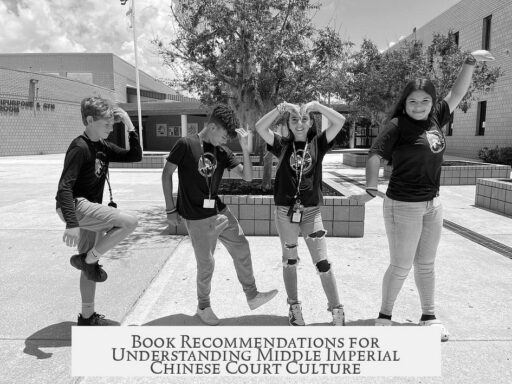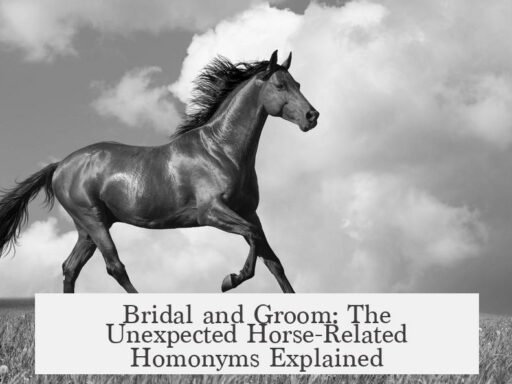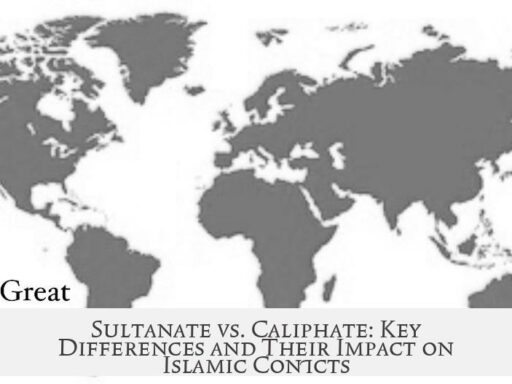For exploring middle imperial Chinese court culture, several book recommendations stand out, especially focusing on the Tang and Song dynasties. These selections offer a rich understanding of court life, political dynamics, and cultural developments.
Start with broader historical frameworks before diving into specific court culture details. The Harvard History of Imperial China series provides accessible yet detailed studies on the Tang and Song periods. These books balance scholarly rigor with readability, focusing on governance and imperial politics without being too dense.
For even deeper exploration, the Cambridge History of China series covers multiple volumes detailing the Tang, Song, and periods between dynasties. This series offers comprehensive treatments suitable for researchers and serious readers interested in the administrative and cultural intricacies of court life.
Regarding Tang dynasty court culture, several titles provide valuable perspectives:
- Wu Tse-T’ien and the Politics of Legitimation in T’ang China examines Empress Wu Zetian’s rise and rule. It offers insights into court politics, power struggles, and the unique position of China’s only female emperor. This book is available online for free, ideal for readers seeking cost-free access to in-depth scholarship.
- Background to the Rebellion of An Lushan offers a concise, accessible snapshot of the highly factionalized Tang court prior to one of its most critical uprisings. It illustrates the tensions under Emperor Xuanzong’s reign linked to his ministers Li Linfu and Yang Guozhong.
- To Rebuild the Empire chronicles statesman Lu Zhi’s career amid a dynastic crisis, highlighting political ideologies and factional rivalries at court. This enhances understanding of Tang bureaucratic challenges during turbulent years.
- City of Marvel, City of Transformation paints a vivid cultural picture of Chang’an, the Tang capital. Its immersive style bridges academic research with narrative flair, providing context to everyday and ceremonial life at court.
- The Destruction of the Medieval Chinese Aristocracy analyzes the Tang bureaucratic aristocracy and its collapse during the Huang Chao Rebellion. It helps readers grasp how court and provincial controls functioned and eventually unraveled.
For the Song dynasty, court culture is illuminated by two notable works:
- Emperor Huizong offers a biography of this notable ruler, focusing on his patronage of arts amid military decline. The book presents an accessible lens on court life and the emperor’s relationships with officials and artists.
- While not a monograph, a detailed PhD dissertation on Song Gaozong and his chief councilors provides a nuanced study of factional politics during a crisis period when the court fled southern China after northern territories were lost. This study offers key insights into governance under pressure in the later Song dynasty.
The mid-Tang period is particularly noted for intense factional strife. A notable article on factional struggles during Emperor Wenzong’s reign reveals conflicts involving bureaucrats and eunuchs, resulting in violent confrontations. This case illustrates how factionalism strongly shaped court culture and governance.
| Period | Recommended Book/Work | Key Focus |
|---|---|---|
| Tang Dynasty | Wu Tse-T’ien and the Politics of Legitimation in T’ang China | Empress Wu’s reign, court intrigue, power dynamics |
| Tang Dynasty | Background to the Rebellion of An Lushan | Political factionalism under Emperor Xuanzong |
| Tang Dynasty | To Rebuild the Empire | Statesman Lu Zhi’s career, factional infighting |
| Tang Dynasty | City of Marvel, City of Transformation | Cultural life in Tang capital Chang’an |
| Tang Dynasty | The Destruction of the Medieval Chinese Aristocracy | Bureaucratic aristocracy and its collapse |
| Song Dynasty | Emperor Huizong | Biography, arts, court relationships |
| Song Dynasty | Song Gaozong and his chief councilors | Factional politics during dynastic crisis |
When studying imperial Chinese court culture, selecting works with a balance of political, cultural, and social analysis helps. Many monographs combine accessible language with rigorous scholarship, ideal for both students and general readers.
- Many specialized texts are readable yet sometimes costly or only in hardcover.
- Free or online resources, such as the Empress Wu study, lower barriers to research.
- Understanding factional strife is crucial for grasping court culture dynamics.
- Tang and Song periods offer the richest sources on middle imperial court life.
Are There Any Book Recommendations for Middle Imperial Chinese Court Culture?

If you are diving into the fascinating world of middle imperial Chinese court culture, the answer is a resounding yes—there are several excellent books recommended by historians and scholars that illuminate this period with vivid detail and nuanced insight. Whether your interests lie in the Tang or Song dynasty, or you want to understand the tangled web of palace intrigues, factional struggles, and artistic flourishing, there’s a perfect book for you.
Let’s break down these recommendations by dynasty and theme to help you find the ideal reads.
The Tang Dynasty: A Court of Power, Intrigue, and Art
The Tang dynasty is often called the golden age of China, and its court culture reflects a dazzling mix of politics, power, and poetry. For readers eager to delve into this period, here are several standout books:
- Wu Tse-T’ien and the Politics of Legitimation in T’ang China: This book is a treasure trove if you find yourself drawn to the only female emperor in Chinese history, Empress Wu Zetian. It explores court politics, power plays, and the intricacies of how she maintained her grip on the empire. Bonus? It’s free to read online—a scholarly gift!
- Background to the Rebellion of An Lushan: If you want to understand the political chaos that teetered on the edge before one of China’s greatest rebellions, this concise overview is ideal. It unpacks the complicated factionalism during Emperor Xuanzong’s reign, starring notable figures like Li Linfu and Yang Guozhong.
- To Rebuild the Empire: Follow the career of statesman Lu Zhi during the Tang’s dynastic crisis. The narrative sheds light on factional rivalries and personal enmities rampant at court. It’s academic yet highly readable, perfect for those who like a good political thriller from the past.
- City of Marvel, City of Transformation: This immersive book transports you to Chang’an, the Tang capital. Its novelist-author lends a narrative flair to scholarly content, painting a vivid cultural tapestry even if it doesn’t focus squarely on politics.
- The Destruction of the Medieval Chinese Aristocracy: Want to know how the Tang court aristocracy lost its grip violently during the Huang Chao Rebellion? This readable analysis explains not only the rise but the spectacular fall of bureaucratic control.
The Song Dynasty: Court Life Amid Crisis and Creativity

The Song dynasty court culture is a tale of extraordinary cultural achievements shadowed by military struggles. The political atmosphere is equally captivating:
- Emperor Huizong: This biography offers a window into the life of Emperor Huizong—who embodies both artistic brilliance and military failure. It provides an intimate look at court life and highlights relationships between the emperor and his circle.
- Song Gaozong and his Chief Councilors: Though technically a PhD dissertation, this work reads like a run-in with thrilling factional politics during a dangerous era when the Song court fled the north amid invasions. It’s an outstanding study of how court dynamics adapt in times of crisis.
What About Factional Strife? The Mid-Tang’s Political Turmoil
Politics at the mid-Tang court wasn’t just a polite game of chess. It was a high-stakes, often bloody power struggle especially during Emperor Wenzong’s reign. Officials fought each other, and eunuchs wielded enormous influence. A notable article you won’t want to miss is Factional Strife at the Court of Emperor Wenzong which gives a gripping analysis of one of the most violent factional episodes.
Comprehensive Series for Broader Context

For readers wanting to situate court life within larger imperial history, two giant series stand out:
- Harvard’s History of Imperial China: These volumes on the Tang and Song provide a balance of detail and accessibility, perfect for readers who want more than basic pop history but less than jargon-filled academic tomes.
- The Cambridge History of China: This multi-volume series is where you go for serious detail. If you don’t mind a heavier lift, it covers everything from court culture to bureaucratic changes at length.
Why Should You Care About These Books?
Reading these works, you get to walk the halls of palaces, overhear whispered conspiracies, and see the artistic achievements that shaped medieval China. You come away understanding how intertwined culture, politics, and personal ambition were in shaping one of the world’s great empires.
And all without dusty textbooks! The best recommended books blend narrative wit with scholarly rigor. If only the emperors had Twitter back then—it might have been an even wilder ride.
Some Final Tips for Picking Your Read
- Start with a general history book like Harvard’s series or City of Marvel, City of Transformation to get your bearings.
- Dive into specialized works like Wu Tse-T’ien and the Politics of Legitimation if you love court intrigue and figures who defy norms.
- Read about factional conflicts to see the human dramas alive behind the palace walls.
- If you love biography, grab the Emperor Huizong book to experience the Song dynasty through the eyes of its ruler.
- Don’t shy away from dissertations or specialist texts—they often contain the juiciest details.
So, ready to wander the marble corridors of the Tang and Song courts? You now have a map chapter-by-chapter. Middle imperial Chinese court culture is a feast for the curious mind. May your reading be as rich and rewarding as the courts themselves!




